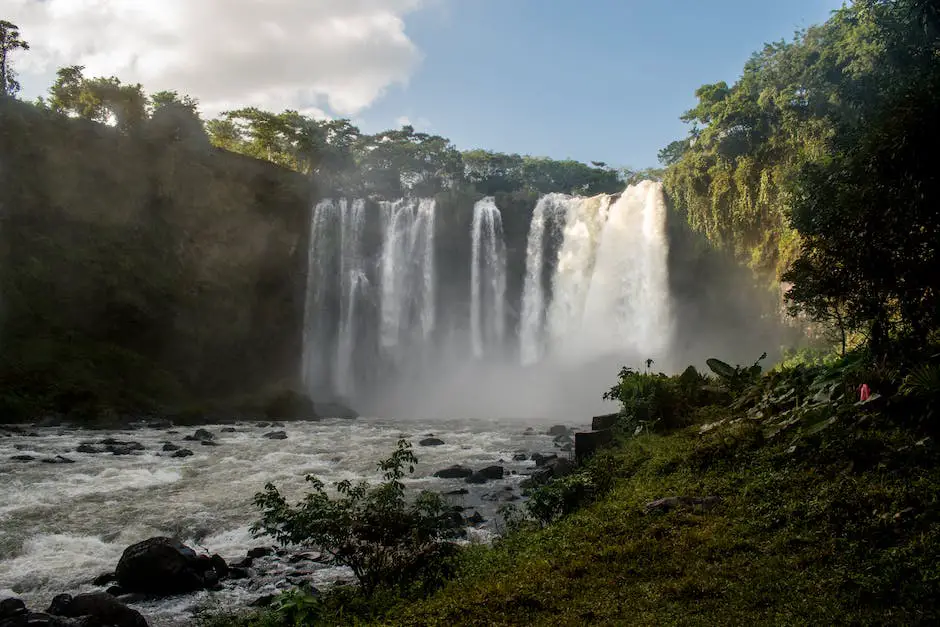
Tucked away in the heart of Chiapas, Mexico, Tuxtla Gutiérrez is a city where the past and present merge in a dance of architectural evolution. As I stroll through the bustling streets, I can’t help but marvel at the eclectic mix of structures that tell a story of cultural shifts, historical milestones, and innovative design. From the colonial influences to modern-day marvels, Tuxtla’s architecture is a testament to the city’s dynamic character.
The Colonial Beginnings
Let’s rewind to the colonial era, where it all began. The Spanish conquest brought about a wave of architectural styles that still grace the city’s oldest districts. I remember wandering through the cobblestone streets, gazing at the ornate facades of buildings like the San Marcos Cathedral. Its baroque style, with intricate carvings and stucco work, is a sight to behold. These structures were not just buildings; they were symbols of power and religion, setting the stage for the city’s architectural journey.
Indigenous Influences
But it wasn’t just the Spanish that shaped Tuxtla’s skyline. The indigenous communities, with their rich traditions and knowledge of the land, have left an indelible mark on the city’s architecture. The use of local materials like adobe and palm thatch in the construction of homes and community centers is a nod to the sustainable practices of the past. These elements blend seamlessly with the colonial styles, creating a unique architectural tapestry that speaks volumes about the city’s heritage.
Post-Independence Expansion
Fast forward to the 19th century, post-independence Mexico was eager to forge its own identity. Tuxtla was no exception. The city began to expand, and with it, new architectural styles emerged. Neoclassical buildings started to pop up, characterized by their grand columns and symmetry. The Palacio de Gobierno is a prime example, standing proudly as a beacon of the city’s progress. It’s a place where history and governance converge, a cornerstone of Tuxtla’s architectural narrative.
Modern Movements
As the 20th century rolled in, so did modernism. Architects in Tuxtla began experimenting with new materials like concrete and steel, pushing the boundaries of design. The result? Innovative structures that reflected the city’s forward-thinking attitude. Take the Tuxtla Gutiérrez Convention Center, for instance. Its sleek lines and expansive glass facades are a departure from the traditional, yet they harmoniously coexist with the city’s older buildings.
Tuxtla Parks’s Architecture: A Green Oasis
Amidst this architectural evolution, Tuxtla’s parks have become a focal point of community life. The Parque de la Marimba is one such gem, where the rhythm of marimba music fills the air. The park’s design is a blend of functionality and beauty, with open spaces for gatherings and performances. It’s a place where the city’s pulse can be felt, and its architecture plays a crucial role in fostering this vibrant atmosphere.
Contemporary Trends
In recent years, Tuxtla has embraced contemporary architectural trends. Green building practices are gaining traction, with an emphasis on energy efficiency and environmental sustainability. The city’s newer residential and commercial developments often feature green roofs, solar panels, and natural ventilation systems. These innovations are not just about aesthetics; they’re about creating a sustainable future for Tuxtla’s residents.
FAQs
- How has Tuxtla’s architecture changed over the years?
From colonial baroque to modernist designs, Tuxtla’s architecture has evolved to reflect cultural influences, historical events, and advancements in building technology.
- What role do parks play in Tuxtla’s urban landscape?
Parks like Parque de la Marimba are Central to Tuxtla’s community life, offering spaces for socializing, culture, and leisure, all while showcasing the city’s commitment to blending nature with urban design.
- Are there any sustainable architectural practices in Tuxtla?
Yes, contemporary architecture in Tuxtla is increasingly focused on sustainability, with features like green roofs and solar panels becoming more prevalent in new developments.
Conclusion
In conclusion, Tuxtla Gutiérrez’s architecture is a rich tapestry woven from various historical periods, cultural influences, and innovative design philosophies. From the colonial charm of San Marcos Cathedral to the modernist flair of the Convention Center, and the green oasis of Parque de la Marimba, the city’s buildings tell a story of transformation and resilience. As Tuxtla continues to grow, its commitment to sustainable practices and community spaces ensures that its architectural legacy will be preserved and celebrated for generations to come. For those looking to explore the evolution of urban design, Tuxtla’s parks and buildings offer a captivating journey from past to present.